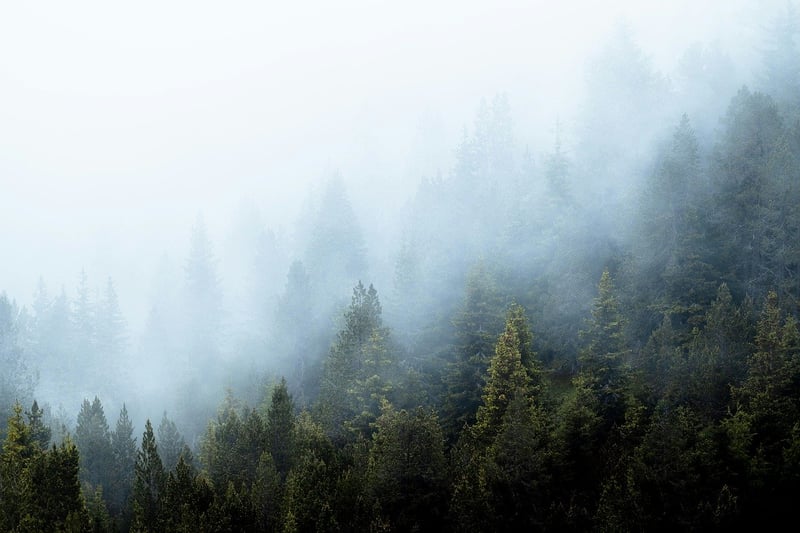Mystical Greenery
Rare and Whimsical Plants: Exploring the World of Mystical Greenery
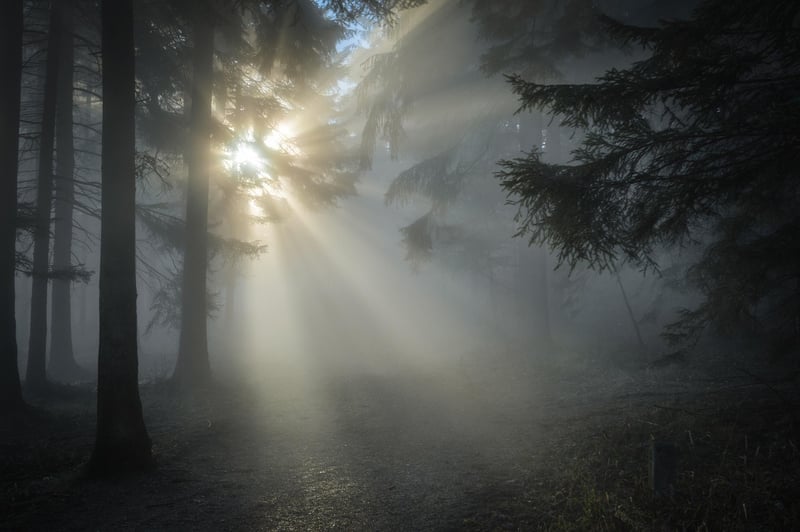
Welcome to the enchanting world of rare and whimsical plants, where nature intertwines with magic to create mystical greenery that captivates the imagination. In this article, we will take you on a journey through some of the most extraordinary and mystical plants found in different corners of the world.
The Corpse Flower
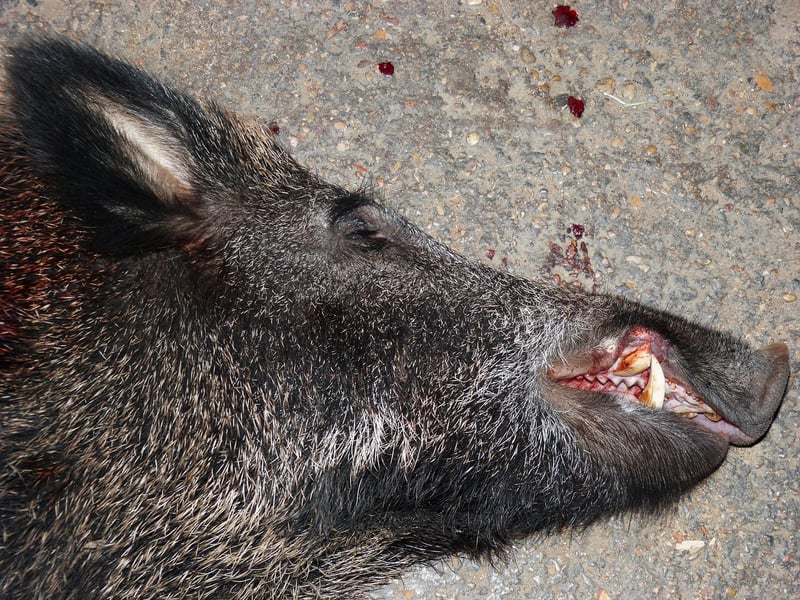
The Corpse Flower, scientifically known as Amorphophallus titanum, is a giant plant native to the rainforests of Sumatra. It is famous for its enormous size and foul odor, which resembles the smell of rotting flesh. This rare plant blooms unpredictably and can reach heights of over 10 feet, making it a spectacle to behold.
The Venus Flytrap
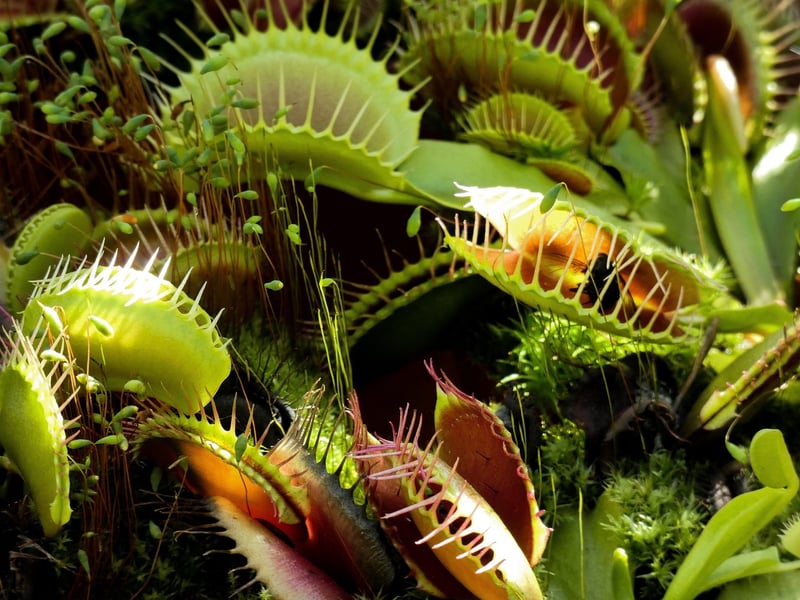
The Venus Flytrap is a carnivorous plant that lures insects with sweet nectar before trapping them with its jaw-like leaves. Native to the wetlands of North and South Carolina, this fascinating plant is known for its rapid closing mechanism, which allows it to capture prey in a fraction of a second.
The Dragon Blood Tree
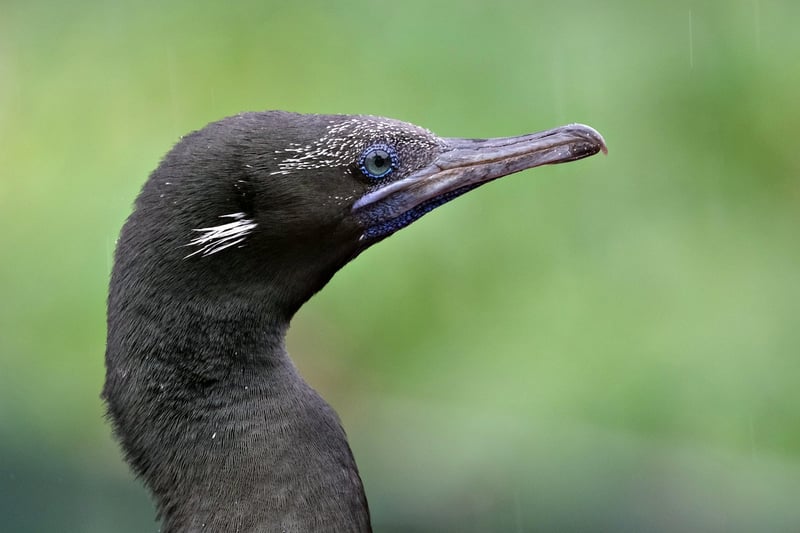
The Dragon Blood Tree, native to the Socotra archipelago in Yemen, derives its name from the crimson red sap it produces. This mythical-looking tree has a unique umbrella-shaped canopy and is shrouded in folklore and legend, adding to its mystical allure.
The Pitcher Plant
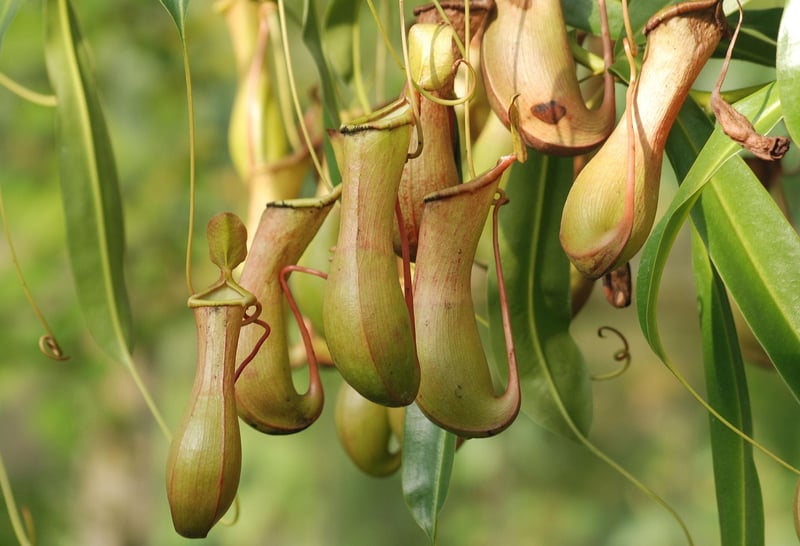
The Pitcher Plant is another carnivorous marvel that uses specialized pitcher-shaped leaves to trap and digest insects. Found in various habitats around the world, these plants have evolved diverse adaptations to thrive in nutrient-poor environments, making them a wonder of natural selection.
Exploring the world of rare and whimsical plants unveils a realm where nature's creativity knows no bounds. From carnivorous wonders to towering giants, each plant tells a story of adaptation and survival that intrigues and inspires all who encounter them.
So, next time you venture into a botanical garden or wilderness, keep an eye out for these mystical greenery, and immerse yourself in the magic of the natural world.
